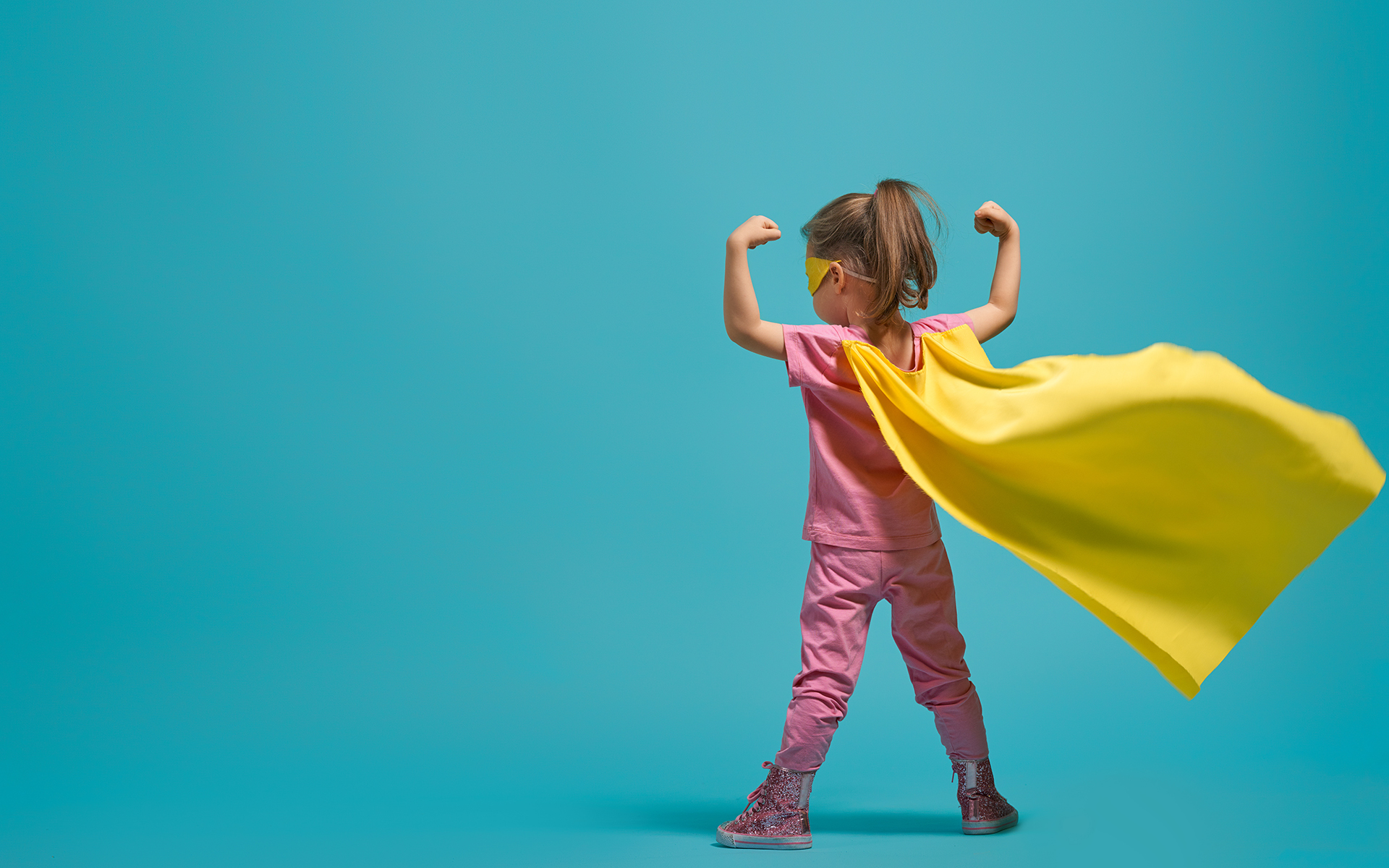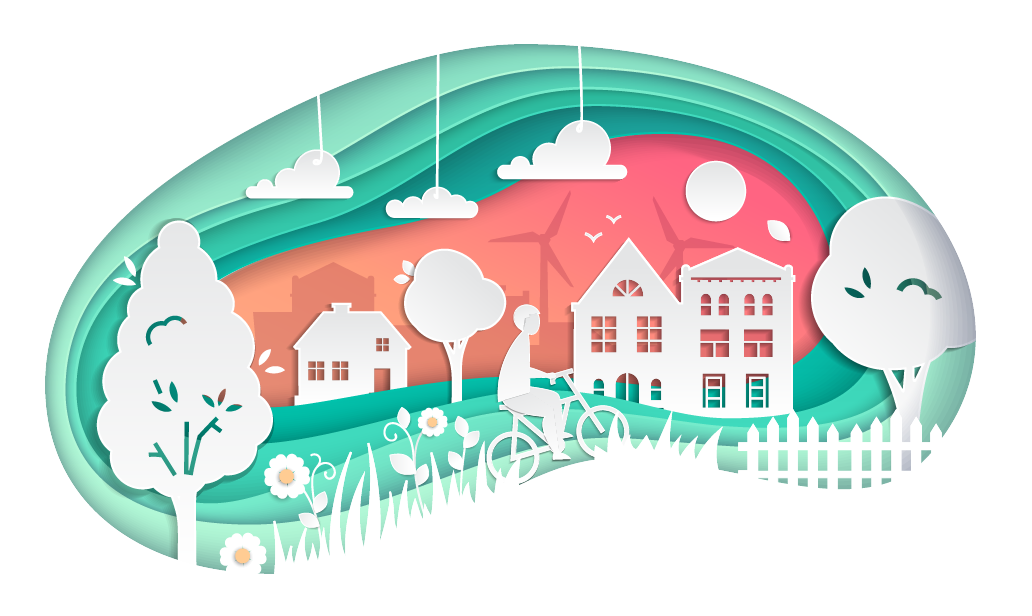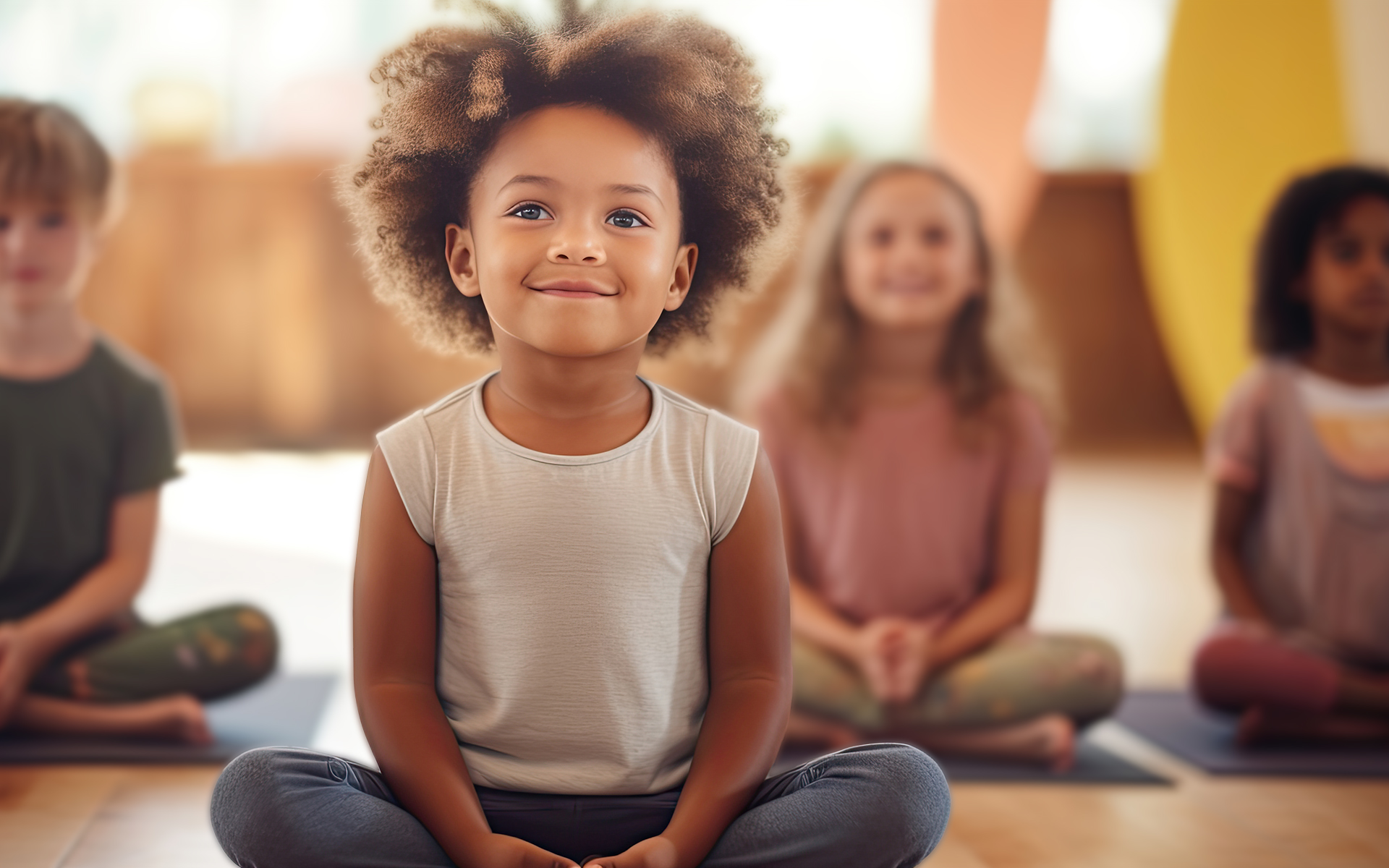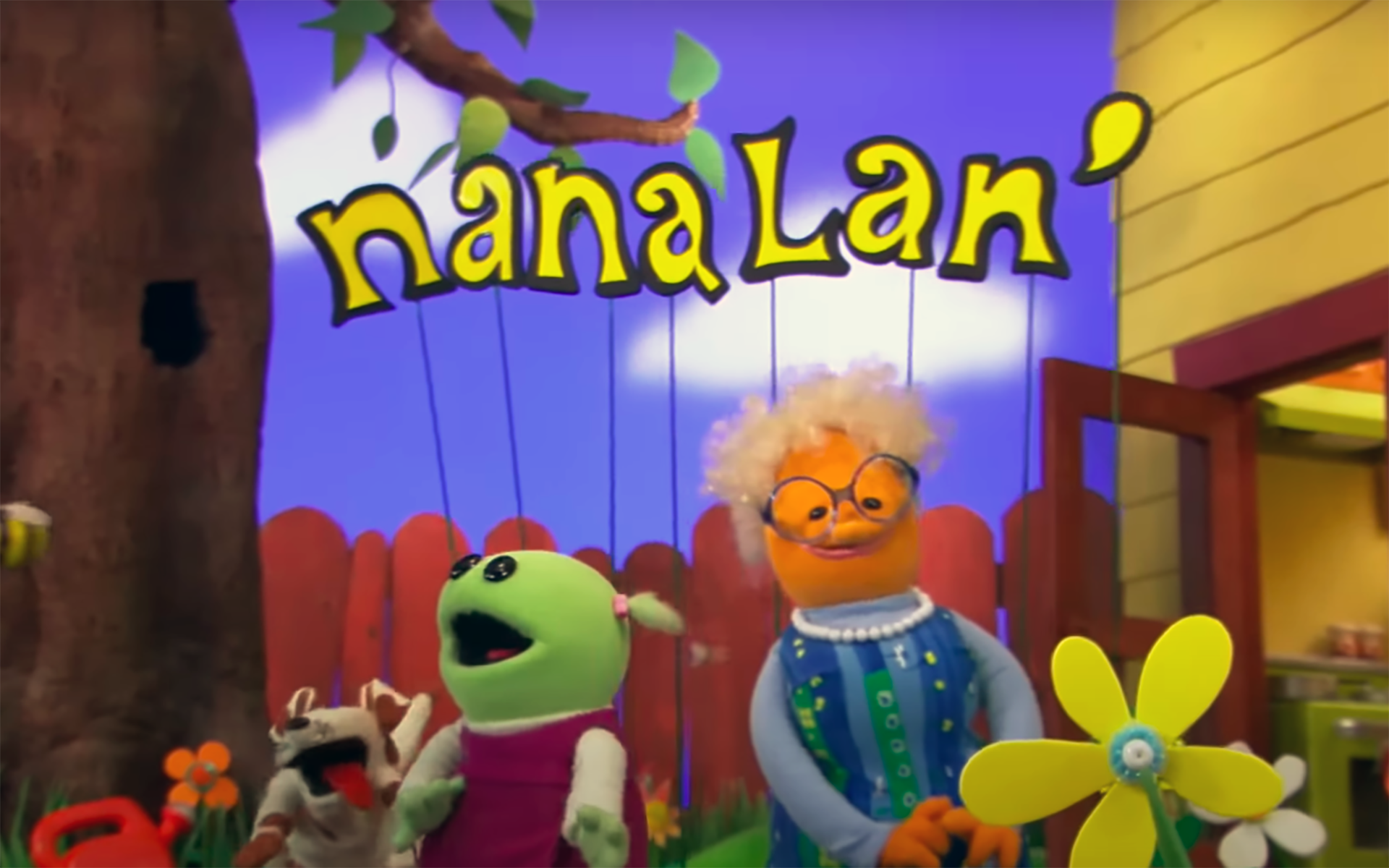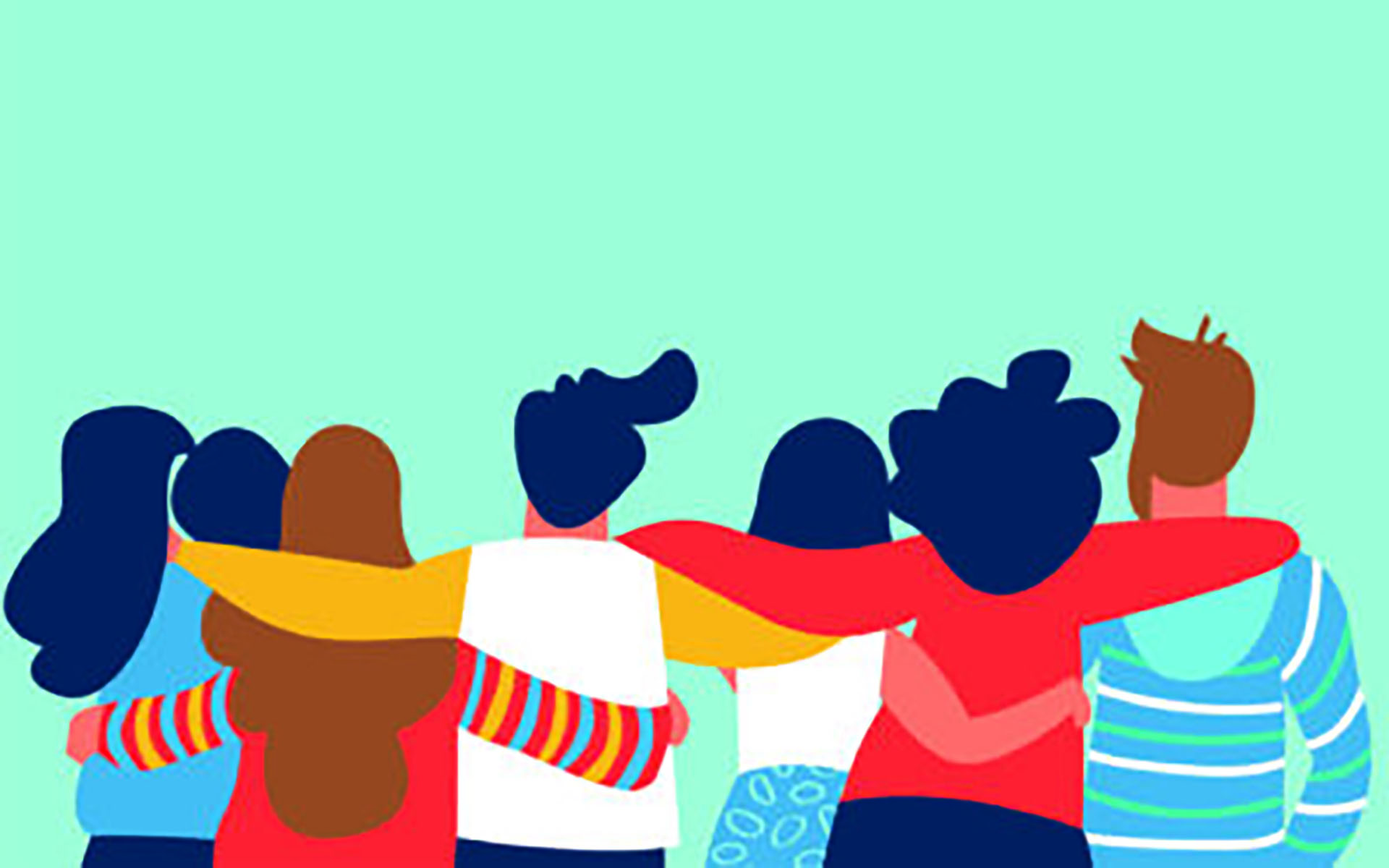On the first day of school every year, I would stand as stiff as a board in my brand-new outfit with my back pressed against our front door, waiting for my mom to take a mandatory first-day-of-school picture of me. I vividly remember wanting to get it over with so that I could run to the bus stop to shake off the jitters that came with the excitement and nervousness a new school year brought—a whole new year of drama, growth, conundrums, confusion, and fun.
No matter where you are, the first day of school was probably quite different this year. While my Facebook feed indicates that first-day-of-school photos were not affected by the pandemic, I imagine there’s a lot that feels like it’s lost. It might be the luxury of physically sitting in a classroom with peers and friends or simply not being able to get close enough to someone to whisper in their ear in a game of broken telephone. Regardless, kids must be feeling all kinds of feelings. While this year is going to be a challenge for parents and teachers out there, kids may be the ones who need the most support in building their capacity to be resilient, adaptable, and grounded.
Here are a few mindfulness practices for kids that may be useful to you and your little ones.
1. Make Mindfulness Fun
“When we teach kids mindfulness, it helps to turn the lesson into a fun activity—through play, movement, visualization, and games,” writes Christopher Willard. One way to teach kids to follow the breath in difficult moments is with this breath ball practice. All you need is an expandable ball called a Hoberman sphere or your own ten fingers to create a DIY sphere with your hands.
2. Notice Positive Moments
Mark Bertin says kids may feel stressed by a test, or a friend, or their parents and it can be hard to let go of that kind of thought. Like anything else, focusing on the good stuff can take a lot of practice. Here’s an eight-minute guided meditation for encouraging kids and teens to notice the positive.
3. Breathe
Wendy O’Leary also recommends breathing practices to calm your child’s nervous system. To try four square breathing, “breathe in for a count of four. Hold for a count of four. Breathe out for a count of four. Hold for a count of four. Do several rounds and return to normal breathing,” writes O’Leary.
read more
Mindfulness for Kids
When we teach mindfulness to kids, we equip them with tools to build self-esteem, manage stress, and skillfully approach challenges. Explore our guide on how to introduce mindfulness and meditation to your children—at any age.
Read More
A Guided Meditation Script to Help Kids Explore Feelings About Change
This meditation can help children mindfully notice and cope with the big emotions that come with the nature of change.
Read More
Nanalan’: The Viral Show That Models How Mindfulness Looks and Feels
The TikTok-famous kids show Nanalan’ has won the hearts of millions. Creators Jamie Shannon and Jason Hopley share how mindfulness is at the heart of the show’s impact.
Read More
5 Gratitude Practices to Try With Your Family Over the Holidays
Mindfulness teacher Kim Armstrong from Space Between shares five simple practices from her family and school classrooms.
Read More
